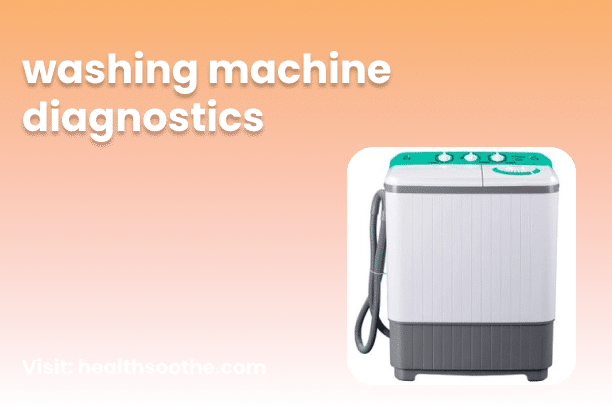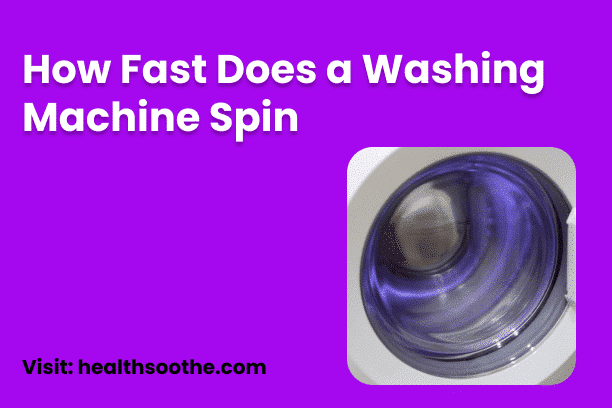LG direct-drive washing machines have been known for their superior efficiency, stability, and higher RPMs compared to their belt-driven counterparts. However, it's important to note that they are not without their flaws, as we'll delve into the common issues faced by LG direct drive washing machines.
Occasionally, an LG direct drive washing machine may experience problems such as failing to power on, open, fill with water, spin, drain, heat water, or dispense fabric softener. In other instances, it may exhibit excessive vibration or generate noise during the spinning cycle.
Nevertheless, it's worth mentioning that most of these issues can be addressed through do-it-yourself solutions, with only a few requiring professional intervention. Therefore, acquiring the knowledge to troubleshoot these problems is highly advisable, and this is where our LG washer troubleshooting guide proves invaluable.
In the following sections, I will provide explanations for these common problems and offer solutions to help you resolve them. But before we proceed, I will share a diagnostic process to help you identify issues with your LG washer, reducing the need for expert assistance.
Furthermore, I will outline the steps for performing a reset on the washer since some of the problems can be resolved through a simple reset procedure.
Running Diagnosis On LG Direct Washer Using Smart Diagnosis
Thanks to LG's SmartThinQ Smart Diagnosis feature, it is now possible to identify issues with your LG washing machine without the need to contact a service technician.
The process is straightforward. You should install the SmartThinQ app on your smartphone or tablet and then follow these steps:
- Open the SmartThinQ app and select "Smart Diagnosis."
- Power on your LG washing machine.
- Position your smartphone's microphone near the power switch and the Smart Diagnosis logo on the washing machine.
- Press and hold the 'Temp' switch until a countdown timer appears on the washing machine.
- Allow the transmission and self-diagnosis to complete, which typically takes about 10 seconds.
- Take note of any error codes or faults displayed on the app.
It's worth noting that SmartThinQ also sends notifications when your LG washer experiences malfunctions, enabling you to address issues promptly and prevent major problems. This feature can also be used with other LG home appliances such as air conditioners, TVs, and more.
Pros
- Efficiency
- Innovative Technology
- Large Capacity
- Variety of Models
Cons
- Price
- Complex Features
- Maintenance
- Availability of Parts
Differences Between LG Washer and LG Dryer
LG Washer
A washer is designed to clean clothes and other fabrics by agitating them in water or detergent solution. It removes dirt, stains, and odours from clothing.
LG Dryer
A dryer, on the other hand, is used to remove moisture from wet clothing and other laundry items. It uses heat to evaporate the water, leaving the clothes dry and ready to wear.
Alternative to LG Direct Drive Washer
Electrolux EFME627UIW Electric Dryer
Predictive Dry™ technology uses sensors to detect moisture levels and adjust drying time, preventing over-drying and saving energy.
Quick Guide on How to Reset LG Direct Drive Washing Machine?
Certain issues with an LG direct drive washer can be resolved through a reset, which includes addressing most error codes. Therefore, it is advisable to attempt a reset before considering more extensive repairs or replacements.
Here's how to reset an LG direct drive washer:
Option 1:
- Unplug the washing machine or switch off its power breaker and leave it disconnected for at least 30 minutes.
- Reconnect the washer to its power source and check if it is functioning correctly.
Alternatively, you can try this:
Option 2 (Resetting Error Codes):
- Unplug the washer or turn off its power breaker.
- Press and hold the 'start/pause' button for 5 seconds.
- Wait for the error codes to clear.
How to Troubleshoot Common LG Direct Drive Washing Machine Problems
1. The LG Direct Drive Washing Machine Not Turning On
If your LG direct drive washer is not turning on, this issue can typically be attributed to one of the following causes:
- Power Disruption: A blown fuse or a tripped circuit/power breaker can interrupt the power supply to the washer, preventing it from starting. To resolve this, reset the breaker if it's tripped or replace the blown fuse.
- Loose or Damaged Power Cable: If the power cable is loose or damaged, it can prevent the washer from starting. Ensure that the power cable is securely plugged in, and if it's damaged, replace it with a new one.
- Faulty Socket: Test the socket's continuity using a multimeter. If there is no continuity, it indicates that the socket is defective, and you should consider replacing it.
- Bad Power Board: If none of the above steps resolve the issue and your washer still won't turn on, it's possible that the power or control board is faulty. In this case, it's recommended to seek assistance from an expert technician for the replacement of the power board. This task should be left to a professional to ensure safety and proper installation.
2. LG Direct Drive Washing Machine Not Opening (Door Won’t Unlock)
If you find that your washer's door won't unlock after closing, several factors may be responsible for this issue:
- Active 'Door Lock' Function: The washer's 'Door Lock' function may still be active, preventing the door from opening immediately. You should wait for this function to turn off before attempting to open the door.
- High Water Temperature: A high water temperature can also lead to the door remaining locked. To address this, initiate a spin/dry cycle and press the start/pause button to help lower the water temperature and potentially unlock the door.
- Faulty Door Lock Mechanism: In some cases, the door may not unlock due to a malfunction or damage in the door lock mechanism itself. Inspect the lock for any signs of damage or malfunction, and if necessary, replace it.
- Faulty Control Module: If none of the above solutions work, it's possible that the control module responsible for managing the door lock may be faulty. In such cases, it's best to seek the assistance of an expert technician for the replacement of the control module, as this task requires specialized knowledge and skills.
3. LG Direct Drive Washing Machine Making Noise When Spinning
If your LG washer is making noise when spinning, there are several potential causes to consider:
- Foreign Objects in the Drum: Loose items such as broken zippers, pins, coins, or buttons can create noise when the washer spins. Inspect the drum carefully, and if you find any foreign objects, remove them.
- Loose or Broken Parts: Examine the washer for any loose or damaged components. Tighten or repair any parts that may be contributing to the noise.
- Washer Imbalance: Check the load inside the washer drum and ensure it is balanced. Overloading the washer can lead to a thumping or banging sound during the spin cycle. Adjust the load to achieve proper balance.
- Clogged Tub: Inspect the washing machine's tub for any clogs or obstructions. A blocked tub can impede proper spinning and draining, causing noise. If you find a clog, clean it out to resolve the issue.
- Faulty Drain Pump: Lastly, if the noise persists, consider the drain pump as the source. If the drain pump is malfunctioning, it can generate noise during operation. If necessary, replace the drain pump to eliminate the noise problem.
4. LG Direct Drive Washing Machine Vibration Problems
If your washing machine is vibrating excessively during the spinning cycle, several factors may be contributing to this issue:
- Washer Imbalance: An overloaded washer or unevenly distributed laundry load can lead to vibrations during spinning. To address this, check the laundry load and make sure it is evenly spread inside the drum to achieve better balance.
- Loose Shipping Bolts: If you haven't removed the shipping bolts from the washer, they can cause vibrations during operation. It's essential to remove these bolts and store them properly if you intend to transport the washer.
- Unsteady Floor: The stability of the surface on which the washer is placed is crucial. An unstable or uneven floor can lead to excessive vibrations. Ensure that the washer is positioned on a firm, level floor to minimize vibrations.
- Worn-Out Shock Absorbers: If none of the above issues seems to be causing the vibration, it's possible that the shock absorbers in the washer are worn out or defective. These shock absorbers are responsible for dampening vibrations during operation. Consider replacing them if they are found to be ineffective.
Conclusion
While LG direct drive washing machines offer many advantages such as efficiency and stability, they are not immune to issues that may arise during use.
We have explored various problems commonly associated with these machines, including failure to turn on, door lock complications, noise during spinning, and vibrations.
By understanding and addressing these common problems with LG direct drive washing machines, users can ensure the continued performance and longevity of their appliances.
Regular maintenance, proper load balancing, and timely problem-solving can help users enjoy the benefits of their LG washing machines for years to come.


